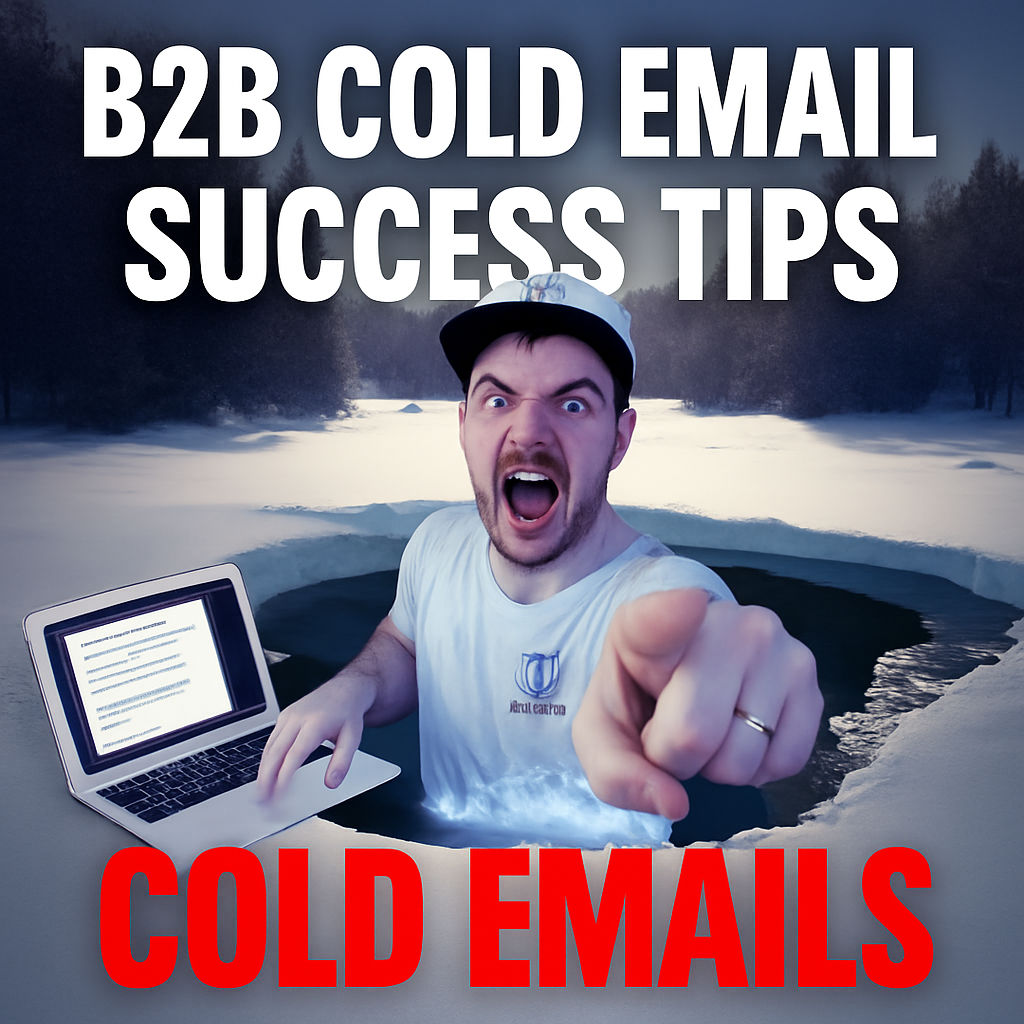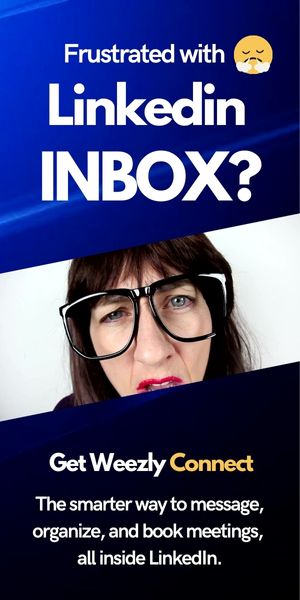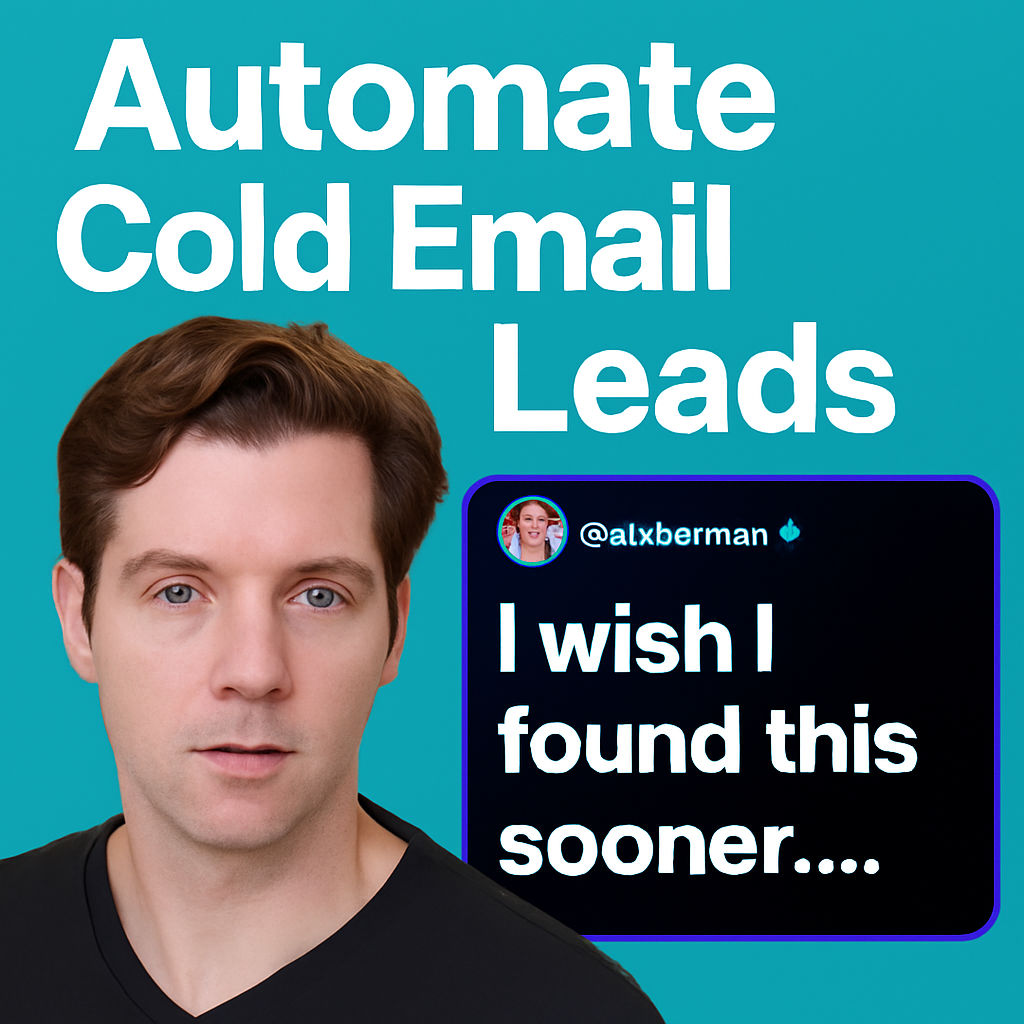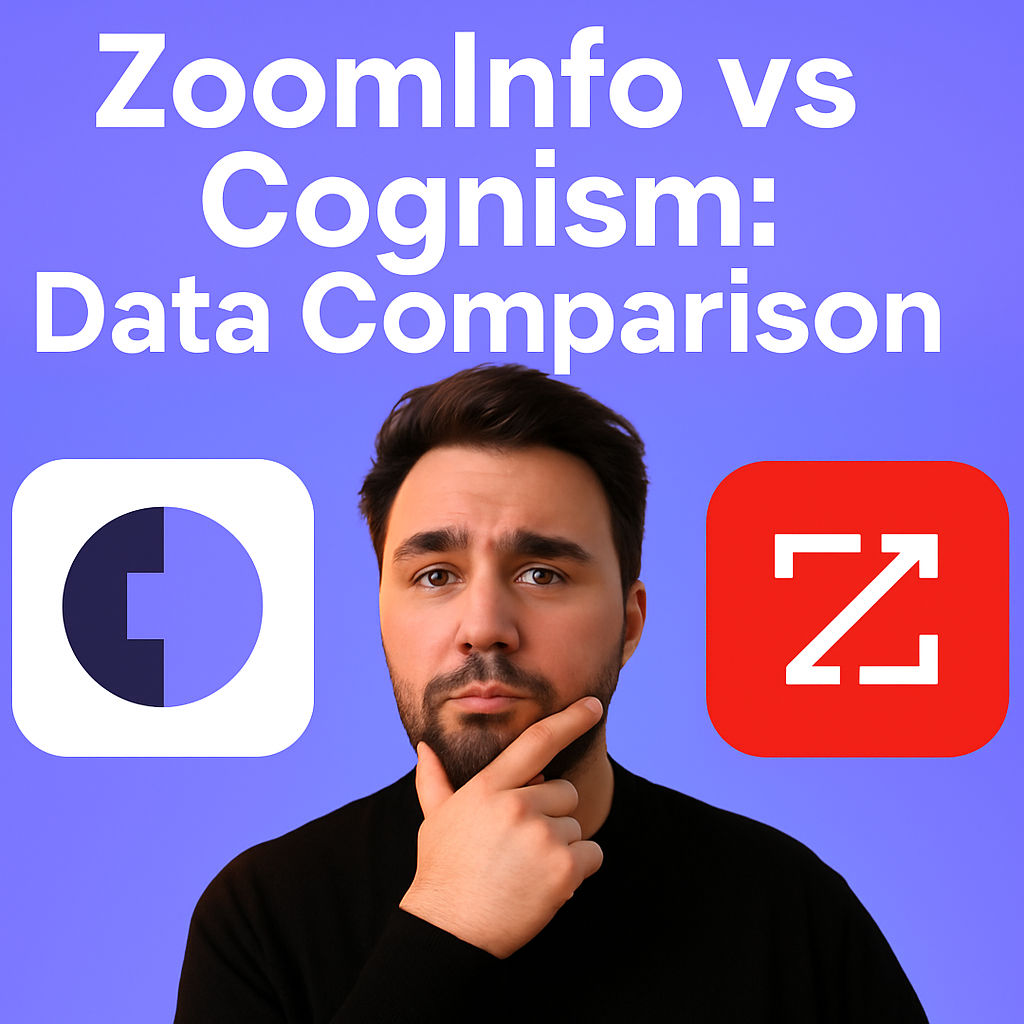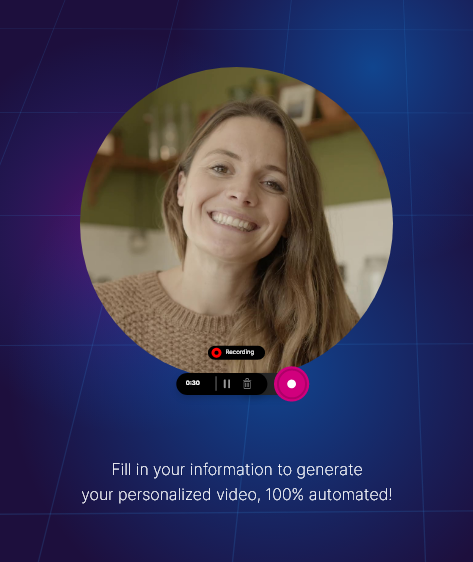Cold email campaigns remain one of the most powerful approaches for B2B sales teams to engage prospects, generate quality leads, and fuel consistent growth. Yet, executing effective cold outreach is often easier said than done. Without a clear blueprint, outreach efforts risk being ignored or—worse—damaging your sender reputation. This comprehensive guide walks you through a proven, repeatable cold email framework. You’ll uncover not only the steps for building impactful campaigns but also practical strategies to ensure high reply rates and sustainable results for your sales team.
Based on the original video:
The Blueprint for Cold Email Success
At its core, a cold email is an unsolicited outreach message to a potential client who has not engaged with your business before. When done right, cold email remains a cornerstone tactic for B2B lead generation and pipeline building, especially for high-value products and services. However, today’s prospects are overloaded with messages—standing out requires both a tactical approach and a genuine focus on receiver value.
Let’s dive into the blueprint that delivers results in cold email outreach:
- Precise audience segmentation and targeting
- Personalization and relevance in every email
- Compelling subject lines that drive opens
- Clear, value-centric messaging
- Respectful, strategic follow-ups
- Measurement and ongoing optimization
Step 1: Define and Segment Your Target Audience
The foundation of every successful cold email campaign is hyper-targeted segmentation. Not all prospects are created equal. The more specific your targeting, the higher your response rates and the less likely your emails are to be marked as spam.
Research and Build Your List
Gather data on your ideal customer profile: industry, company size, geography, decision-maker role, and known challenges. Use verified sources—LinkedIn, industry databases, company websites—to build a clean prospect list.
Segment by Relevance
Divide your list into logical segments. For example, split by vertical (e.g., SaaS, manufacturing), by role (marketing head, CTO), or even region. This allows for more tailored messaging and higher relevance in outreach.
Step 2: Personalize Every Touchpoint
Personalization isn’t just adding a first name—it’s about demonstrating research and resonance with each prospect’s context. Use recent news, mutual connections, or observed pain points as your personalization hooks.
Practical Ways to Personalize
- Mention a recent company milestone or news event
- Comment on a piece of content they shared
- Reference their role and how it relates to your solution
Even a sentence or two of genuine, relevant personalization sets your cold email apart from generic blasts.
Step 3: Craft Compelling Subject Lines
The subject line is your first (and sometimes only) impression. Great subject lines create curiosity or promise an immediate benefit—never clickbait, but always clear on value.
Examples of High-Performing Subject Lines
- “Quick question about [their company] revenue goals”
- “[Mutual contact] suggested I reach out”
- “[Their industry] trends I thought you’d find interesting”
A/B test your subject lines to optimize for your audience and don’t be afraid to iterate regularly.
Step 4: Write Valuable, Concise Email Content
Your message should be direct, helpful, and laser-focused on the recipient’s priorities. The best cold emails are under 150 words with a single, clear call-to-action (CTA).
Structure Your Email
- Personal Greeting: Always address by name.
- Personalized Hook: Reference their company, a problem, or a recent win.
- Value Proposition: Explain why reaching out—the specific pain you solve or insight you offer.
- Social Proof: If possible, mention an impressive client result.
- Clear CTA: What’s the next step? (A quick call, a reply, feedback)
Remember: Every sentence should offer value and move the conversation forward.

Step 5: Handle Follow-Ups Strategically
Most positive responses happen after at least one follow-up. Persistence is key—but so is respect for your prospect’s inbox. Schedule 2-4 follow-ups, each with new value or context, spaced several business days apart.
How to Add Value in Follow-Ups
- Share a relevant resource or case study
- Offer a new point or angle (“noticed this about your team…”)
- Keep tone friendly and low-pressure
Never spam—if there’s no response after your sequence, politely let the contact know you’ll check back in the future.
Step 6: Track Metrics and Optimize
Continuous improvement is the hallmark of best-in-class cold email programs. Key metrics to track include:
- Email open rates
- Reply rates
- Meeting bookings or positive outcomes
- Unsubscribe rates and bounce rates
Review performance weekly. Identify which subject lines, segments, or messages drive the highest engagement, and double down on what works. If open rates are low, test new send times or sender names. If replies lag, revisit your personalization and value prop.
For those optimizing sales processes, consider learning more about how to build a high-performing sales team, which outlines further strategies for team success and scaling.

Best Practices for Ongoing Cold Email Campaigns
Executing the blueprint is only half the battle—long-term, consistent results come from best practices embedded into your workflow.
- Keep Your Contact Lists Updated: Regularly clean and verify emails to avoid hard bounces and protect your sender reputation.
- Comply With Laws: Understand regulations like GDPR, CAN-SPAM, and ensure an unsubscribe option.
- Leverage Automation Carefully: Use sequencing tools for scale, but personalize wherever possible.
- Test and Iterate: A/B test everything—subject lines, templates, send times—to maximize effectiveness.
- Train and Enable Your Team: Periodically review your blueprint with your sales team to ensure everyone executes with quality and consistency.
Common Mistakes to Avoid in Cold Outreach
Even well-intentioned campaigns can fall flat due to these pitfalls:
- Sending generic, mass-blast emails with no personalization
- Overloading prospects with aggressive sales pitches
- Failing to research and segment the audience adequately
- Skipping follow-ups entirely or spamming excessively
- Ignoring compliance or making it hard to opt-out
Steer clear of these mistakes to build trust and achieve higher reply rates.
Real-Life Example: Transforming Cold Email Outcomes
Consider this scenario: A SaaS company was struggling with low cold email open rates. By implementing this blueprint—focused list segmentation, research-driven personalization, and concise messaging—they saw open rates climb from 12% to 41% in three months. The reply rate doubled as every email demonstrated immediate value, and the sales pipeline filled with qualified opportunities.
These kinds of improvements are achievable for any B2B team willing to invest in a thoughtful, recipient-first cold emailing process.

Key Takeaways: The Path to Consistent Cold Email Wins
- Start with data-driven segmentation—target the right audience from day one
- Personalize every email using genuine research
- Write subject lines and content that deliver immediate, recipient-focused value
- Use strategic, respectful follow-ups to maximize replies
- Continuously track, measure, and optimize your approach
By treating each cold email as a chance to help, not just sell, your sales team builds trust, credibility, and long-term B2B relationships. This framework balances automation with human touch—setting you up for sustainable cold email success in today’s competitive environment.
FAQ: Cold Email Campaigns for B2B Sales
What is the most critical aspect of a successful cold email campaign?
Effective segmentation and genuine personalization are the most vital factors. Tailoring each outreach to the recipient’s real context dramatically increases open and reply rates.
How many follow-up emails should you send in a cold outreach sequence?
Most campaigns see the best results with 2 to 4 thoughtful follow-ups, each providing new value or a unique angle, spaced a few business days apart.
What should you avoid when writing cold emails?
Avoid generic, non-personalized messages and aggressive sales language. Steer clear of over-emailing or neglecting compliance rules like easy opt-outs.
How do you measure the effectiveness of your cold email campaign?
Track metrics such as open rate, reply rate, meeting bookings, and unsubscribe/bounce rates. These key indicators highlight what messaging and segments are most effective.
Are there resources to help improve cold email results?
Learning from in-depth guides on building high-performing sales teams or optimizing outreach tools can provide additional frameworks and examples for improvement.
